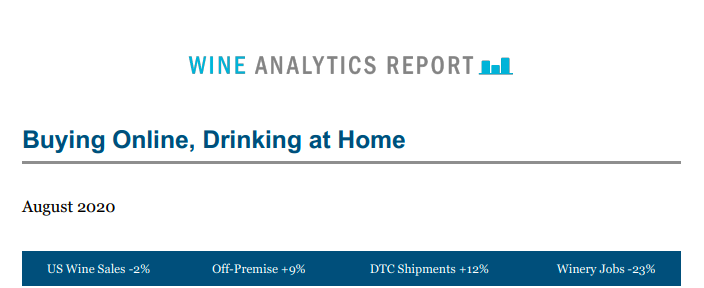The COVID-19 global pandemic has brought drastic disruption to every industry. Market research is no exception. While the market research industry has already been using multiple online methodologies, the last few months have pushed even more initiatives online that were previously done in-person. And offices have been pushed towards web conferencing.
The internet has already brought most market research methodologies online / virtual. This has been the case for almost all quantitative research (e.g., online surveys), and some qualitative methodologies (e.g., in-depth interviews via video call). As a result, in 2020, none of these methodologies underwent significant makeovers.
What has changed is the number of people wanting online qualitative research. Companies hoping to conduct market research in-person have switched plans to conduct in-person qualitative research online (in-depth interviews and focus groups).
While online focus groups existed before COVID-19, they were not as widely used as they are today. In-person you get to see the nuances of how people react – which you lose somewhat when moved online. However, the pandemic has shifted in-person online. Though there are focus group facilities that are open, many participants do not feel comfortable going into a facility. As a result, the data may be biased.
To meet these new client needs, you can facilitate focus groups using two different ways: 1. Online Focus Group Software 2. Web Conferencing Software (e.g., Zoom). Both tools have both benefits and drawbacks, which are detailed below:
Why Use an Online Focus Group Software?
Benefits
Backroom: Allows for an unlimited number of members in the backroom. This includes its separate audio line for “behind the glass” discussions. It allows the client to feel like they are in the focus group facility where they would be behind a mirror, viewing the groups.
Polling Capabilities: The software has both single and multiple-choice polling capabilities.
Searchable Video: Transcripts from the online focus groups have the capability to click directly to clips of video.
Drawbacks
Familiarity: Though there is a technician at hand, most participants are not familiar with using the software. This can cause people not to have technical issues throughout the session.
Cost: There is an additional cost for using the platform.
Why Use Web Conferencing (e.g. Zoom)
Benefits
Familiarity
Since the beginning of the pandemic, web conferencing tools like Zoom have skyrocketed. While people have been stuck inside and unable to see loved ones, they have taken to the platform to stay in touch. Therefore, participants often have experience using web conferencing tools over an online focus group software. Using a commonly used platform allows them to set up and join the group with ease. The technician will call the participants to help them enter the group 10-minutes beforehand to ensure that they do not have any issues. Often, the participants explain that they have already used Zoom and do not need help.
Cost-Effective
Dedicated online focus group software is costly, while Zoom is a software that most market research firms and companies have. It will not cost an additional fee to use.
Drawbacks
Fewer Capabilities
Clients that would like to view the groups can not be hidden from the group participants. They log in as an observer and keep the video off.
Read some of our blogs from this series here:
- June 17th, 2020: The Pros and Cons of Online Focus Groups
- February 6th, 2020: The Pros and Cons of In-Depth Interviews
- July 13th, 2020: The Pros and Cons of Online Survey Research
- June 28th, 2020: The Pros and Cons of Message Testing
Thinking about conducting market research? Check out Provoke Insights research services here.
IF YOU WANT TO, SIGN UP FOR OUR NEWSLETTERS HERE!
and finally, follow our social media accounts:
Twitter: https://twitter.com/provokeinsights














